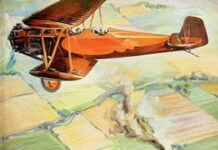America was the only nation to deploy airships during World War II. It used their long range and stable platforms to patrol over three million square miles of Pacific, Atlantic, and Mediterranean waters.
The US deployed its airships for minesweeping, search and rescue, photographic reconnaissance, scouting, escorting convoys, and anti-submarine patrols. They also escorted military and civilian ships, of which only one was lost to military action.
However, America, the United Kingdom, and Japan all used blimp barrage balloons which dangled cables to snag attacking aircraft and destroy their wings. Countermeasures included fitting ‘wire cutters’ to attack aircraft wings, which had the added advantage of destabilizing the barrage balloon
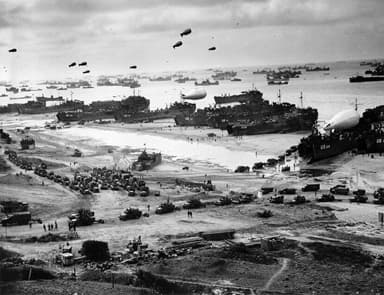
https://en.wikipedia.org/wiki/Barrage_balloon#/media/File:NormandySupply_edit.jpg
America’s Airship Fleet During World War II
America had continued building manned airships between the two World Wars, despite Germany deciding they were militarily obsolete. The U.S. Air Force thus had 10, active, airworthy non-rigid airships when Japan bombed Pearl Harbor on December 7, 1941, as follows.
- 4 x K-class: K-2, K-3, K-4 and K-5 designed as patrol ships, all built in 1938
- 3 x L-class: L-1, L-2 and L-3 as small training ships, produced in 1938
- 1 x G-class: Built in 1936 for training.
- 2 x TC-class: Built in 1933 for land forces.
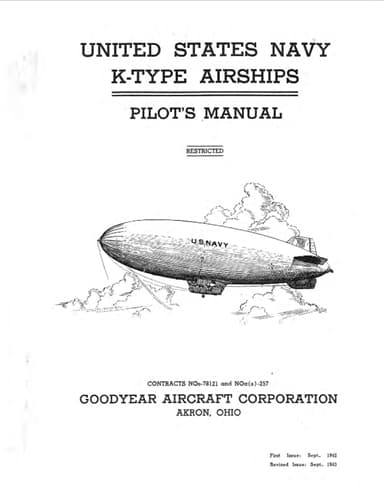
https://www.faa.gov/regulations_policies/handbooks_manuals/aviation/media/airship_pilot_manual.pdf
The US Navy pressed its 4 K-Type, and 2 TC-Type airships into active service after it entered World War II (the remainder were unsuitable for combat). Their targets were Japanese and German submarines sinking American shipping within sight of the coast.
The K-Type operator’s manual describes the operation of the backbone of the US World War II airship fleet. It contains period images and detail far too comprehensive to delve into here.
The U.S. Navy requested more airships after Pearl Harbor. By June 1942, Congress had authorized construction of 200, of which Goodyear built 168 at a rate of up to 11 airships a month.
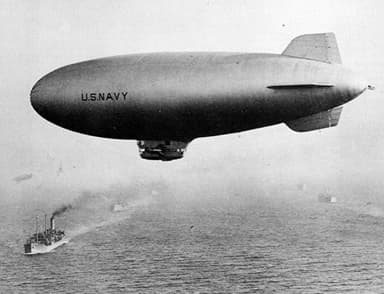
https://en.wikipedia.org/wiki/File:K_class_blimp.jpg
The US Navy established an airship training base at NAS Moffet Field in Sunnyvale California for the crew of its anticipated 200 airships. Between 1942 and 1944 it trained 1,400 airship pilots and 3,000 support crew. While the number of airship military personnel increased from 430 to 12,400.
The Goodyear factory in Akron, Ohio delivered 154 airships through to 1945 as follows:
- 133 K-Class for patrolling
- 10 L-Class for training
- 7 G-Class for utility purposes
- 5 L-Class for civilian customers
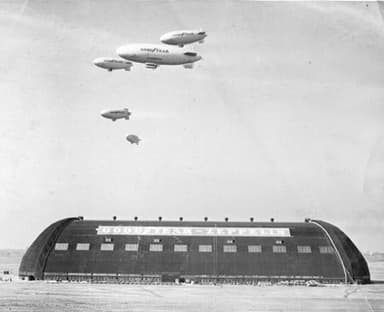
http://ohiohistorycentral.org/w/Goodyear_Aircraft_Corporation
The US Navy airship fleet had the highest combat readiness of 87% compared to the entire US Airforce. It performed an important role in protecting shipping from German submarines near the US Coast. Only one US vessel sank after a submarine attack out of 89,000 escorted, compared to 532 unescorted ships lost.
US Airship anti-submarine tactics included dropping depth charges to drive submarines deep below the surface where they were far less effective. However, they had little or no chance of sinking one because of limited weaponry on board.
The US Navy moved a squadron of Goodyear K-class blimps to Naval Air Station Port Lyautey, French Morocco in 1944 / 1945. Their primary task was to seek and destroy German U-boats in the shallow waters around the Straits of Gibraltar using magnetic anomaly detection.
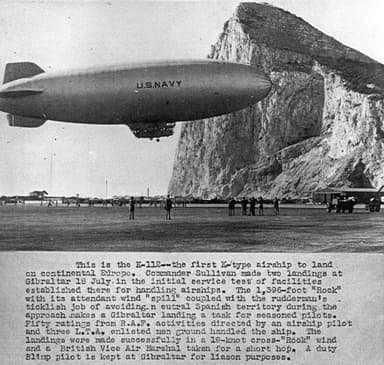
https://en.wikipedia.org/wiki/File:USN_ZP-14_Blimp_at_RAF_Gibraltar_1944.jpg
Other squadrons patrolled the northern Caribbean from San Julian, Isla de la Juventud, Guantánamo Bay, Cuba, and Jamaica. To give an idea of the scale of the operation, the blimps of the Atlantic fleet alone made 37,554 flights, and flew 378,237 hours from January 2, 1942 through to the end of the war. However, their surveillance role would become even more important in the Cold War that followed.
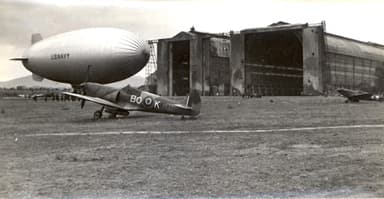
https://ww2db.com/image.php?image_id=17933





